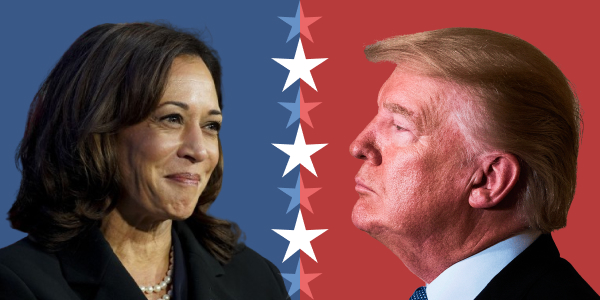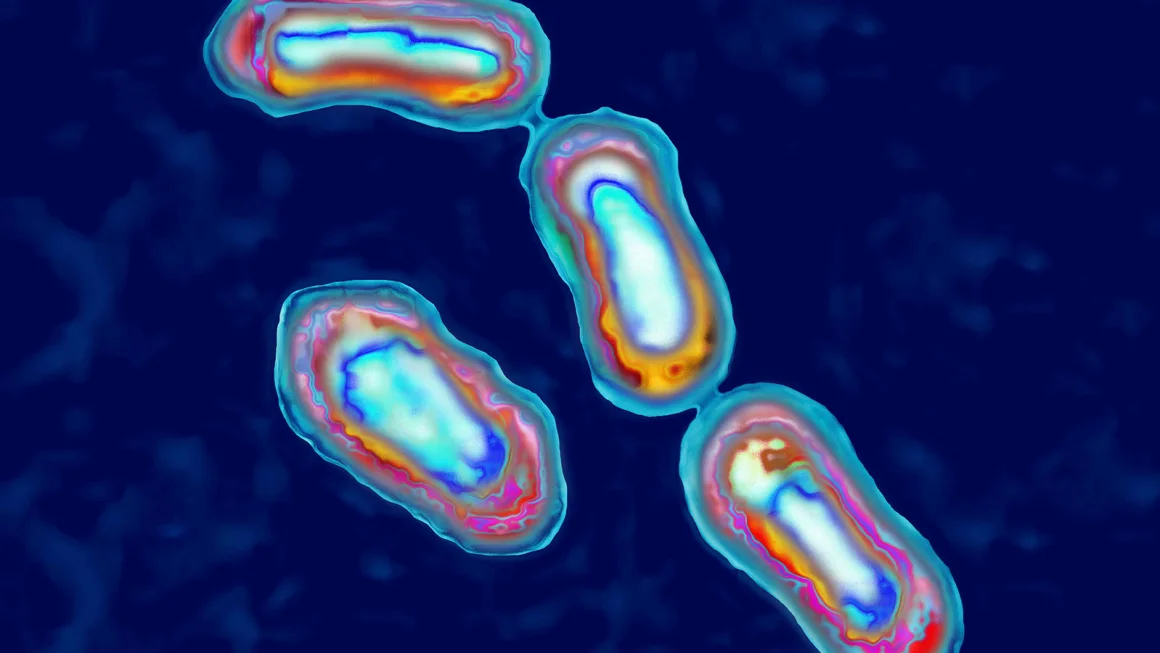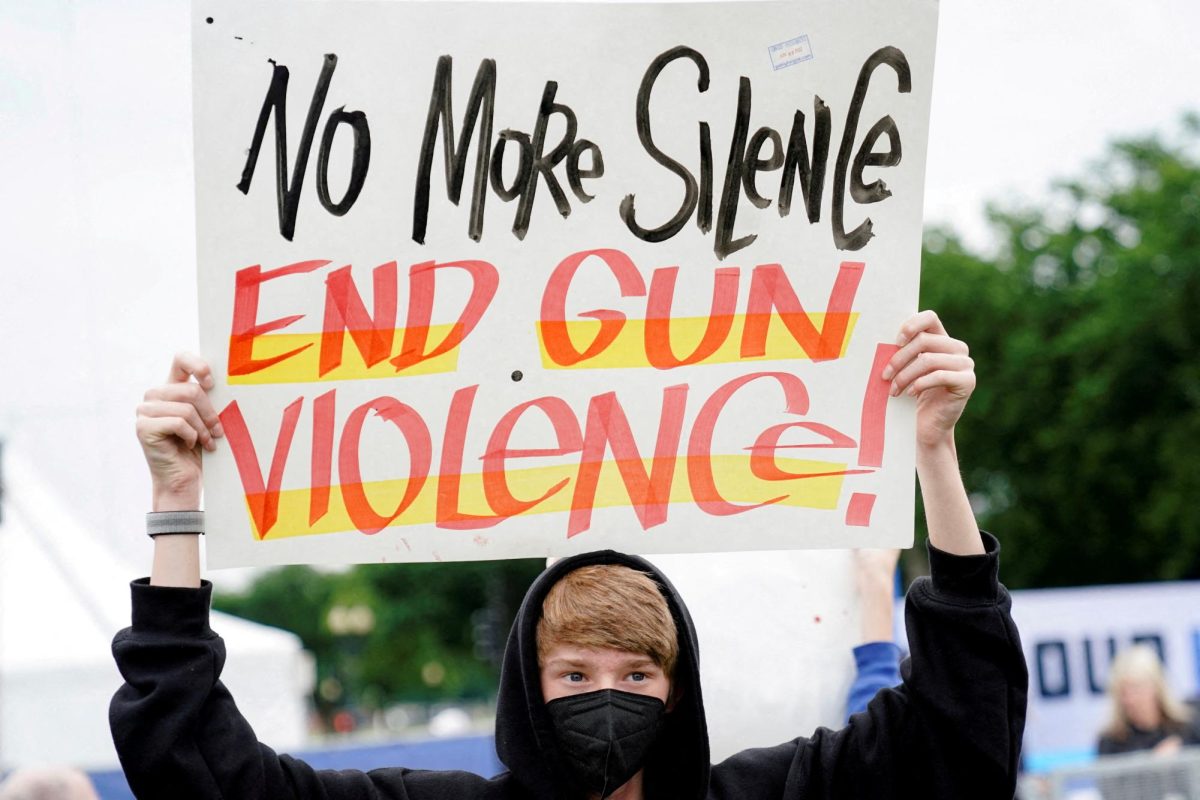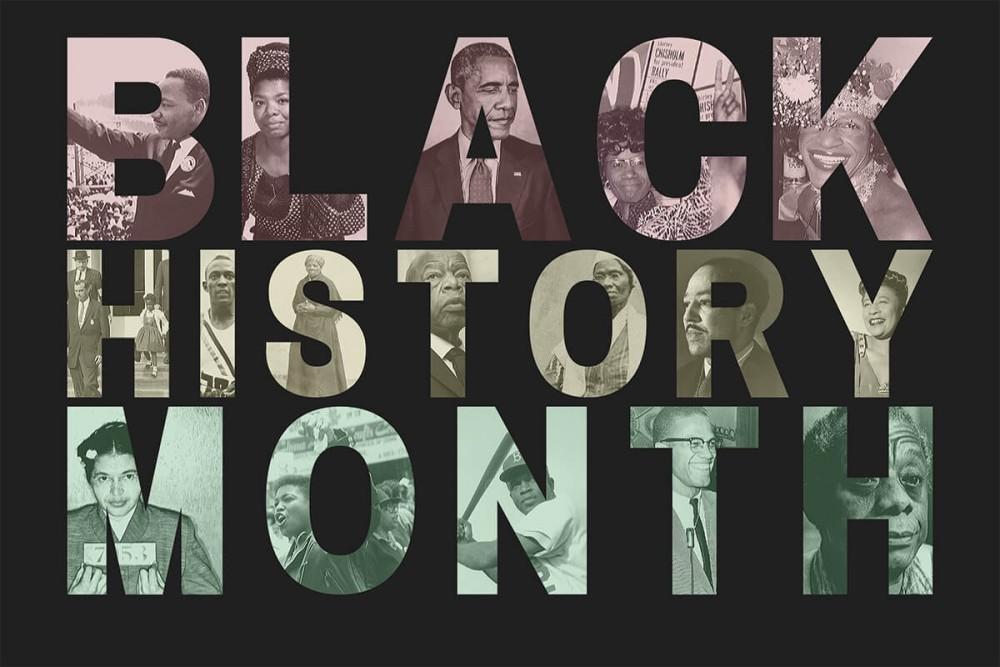Valentine’s Day is a time for heart shaped candies and bouquets of roses and beyond the chocolate boxes and candlelit dinners, the history that has blossomed for what we call Valentine’s Day lies with historical whispers and the timeless desire to express love. That has shaped this day into the global phenomenon it is today. Rewind to the end of the 5th century, when Pope Gelasius replaced Lupercalia, (a holiday that was celebrated in Ancient Rome, with a festival promoting violent, bloody and sexually charged celebrations) with Valentine’s Day. As for Valentine’s Day, It came to be celebrated as a day of romance from about the 14th century. The day gets its name from a famous saint, but there are a few stories about who he was. The most popular legend is that Saint Valentine was a priest from Rome in the third century. Emperor Claudius II had banned marriage because he thought married men were bad soldiers. Valentine felt this was unfair, so he broke the rules and arranged marriages in secret. When Claudius found out, Valentine was thrown in jail and sentenced to death. There, he fell in love with the jailer’s daughter and when he was to be killed on February 14, he sent her a love letter signed “from your Valentine”.
Over the years, Valentine’s Day evolved into an occasion in which partners expressed their love for each other by presenting flowers, offering confectionery, and sending greeting cards (known as “valentines”). In the United States, the first mass-produced valentines of embossed paper lace were made and sold shortly after 1847 by Esther Howland of Worcester, Massachusetts.
Today, it’s a day where people show their affection for another person or people by sending cards, flowers or chocolates with messages of love. And that’s how Valentine’s Day became the day of love that we know now!








